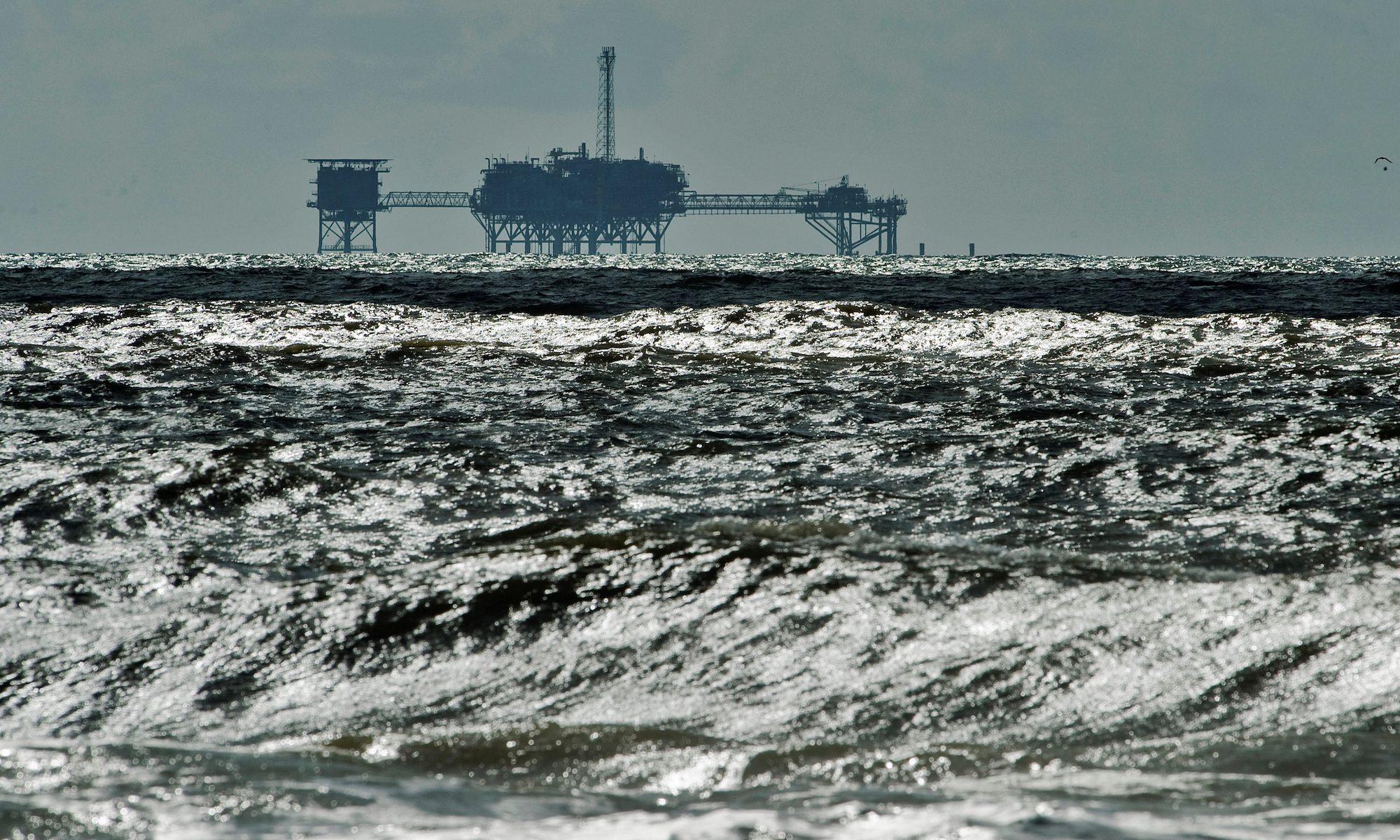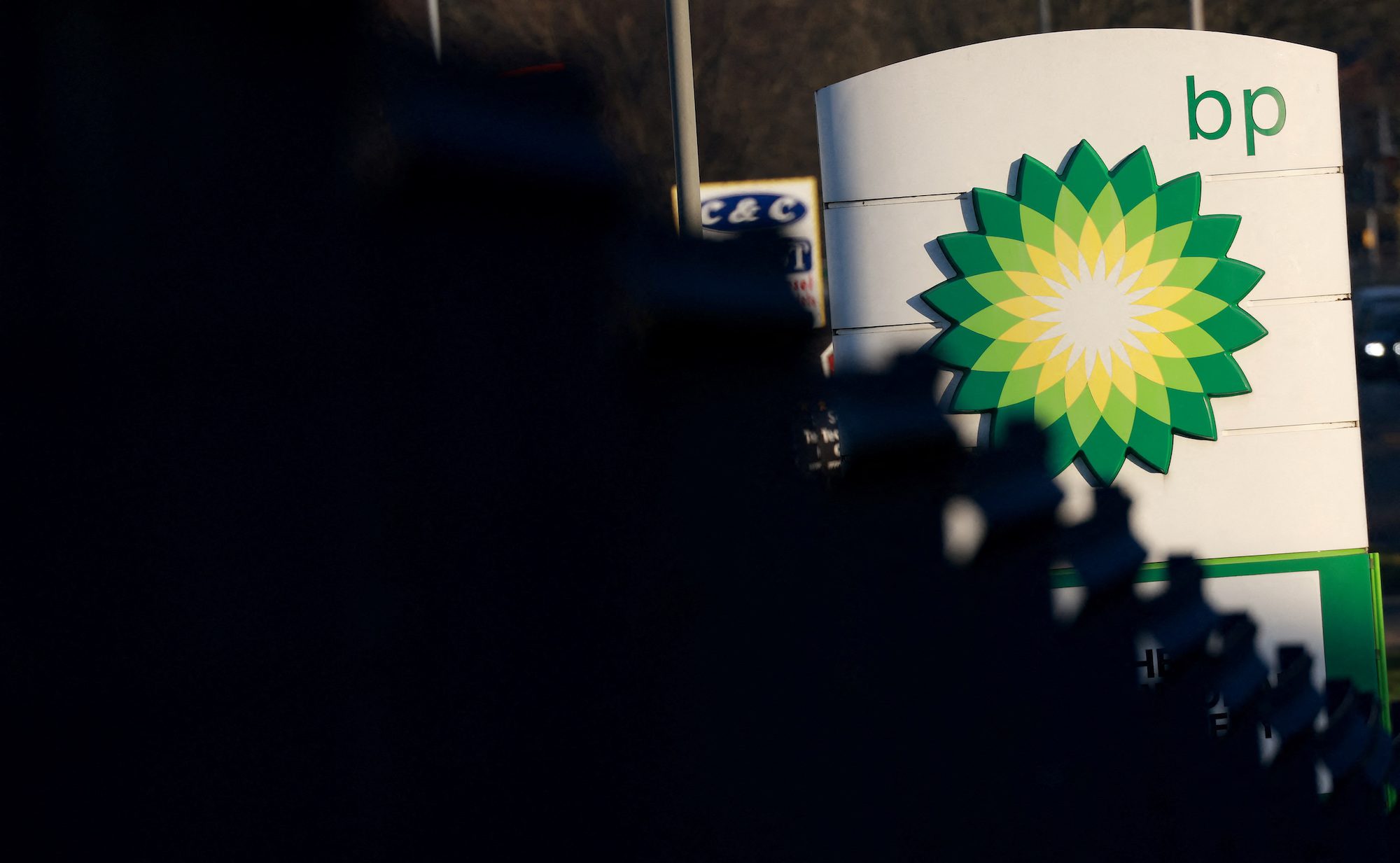BP PLC’s effort to save money while drilling the Deepwater Horizon oil well led it to withhold critical information from contractor Halliburton Co. in the run-up to the deadly explosion last year that caused the worst offshore oil spill in U.S. history, Halliburton contends in a lawsuit.
The Houston-based oil-services company said that BP did not disclose that there was a layer of oil-and-gas-bearing rock located several hundred feet above the bottom of the well. Had it known about the area, Halliburton said in the complaint filed in Texas state court on Thursday, it would have insisted on expensive and time-consuming changes to the well to ensure that explosive natural gas did not seep into the well bore.
BP said it could not respond immediately to the substance of the new allegations until it could review the claims. It called the suit the “latest attempt by Halliburton to divert attention from its role in the Deepwater Horizon incident and its failure to meet its responsibilities.”
The two companies, and others involved in drilling the doomed well including rig owner Transocean Ltd., have been sparring for months in federal court in New Orleans and in the court of public opinion over responsibility for the explosion, which killed 11 workers.
The new state-court lawsuit contends that by concealing the information from investigators probing the disaster, and from the public, BP defamed Halliburton. It alleges that BP’s motivation was “profit and greed” because the well was already over budget.
Several high-level investigations into the disaster, including one by a presidential commission and another from the National Academy of Engineering, have pointed to many factors that contributed to the disaster, including problems with the cement job performed by Halliburton. Cementing is supposed to lock the steel pipes in place in the well and prevent oil and gas from flowing unexpectedly towards the surface.
Investigators also have faulted BP, which owned the well and oversaw the drilling project, for failing to share critical information with its contractors.
Halliburton said it learned about the dangerous layer of rock from a deposition, but declined to provide further details.
That lack of information makes it hard to know whether the layer contributed to the blowout, “but it clearly raises questions,” said Robert MacKenzie, a former offshore cementing engineer and now an oilfield services analyst at FBR Capital Markets.
Halliburton has claimed in previous legal filings that it was indemnified by BP under its contract for the work and isn’t responsible for paying damages related to the deaths and oil-spill cleanup.
The company is the world’s largest well-cementing contractor and drew about 11% of its revenue in 2009 for such work.
By Russell Gold (c) 2011 Dow Jones & Company, Inc.
Unlock Exclusive Insights Today!
Join the gCaptain Club for curated content, insider opinions, and vibrant community discussions.

 Join The Club
Join The Club













